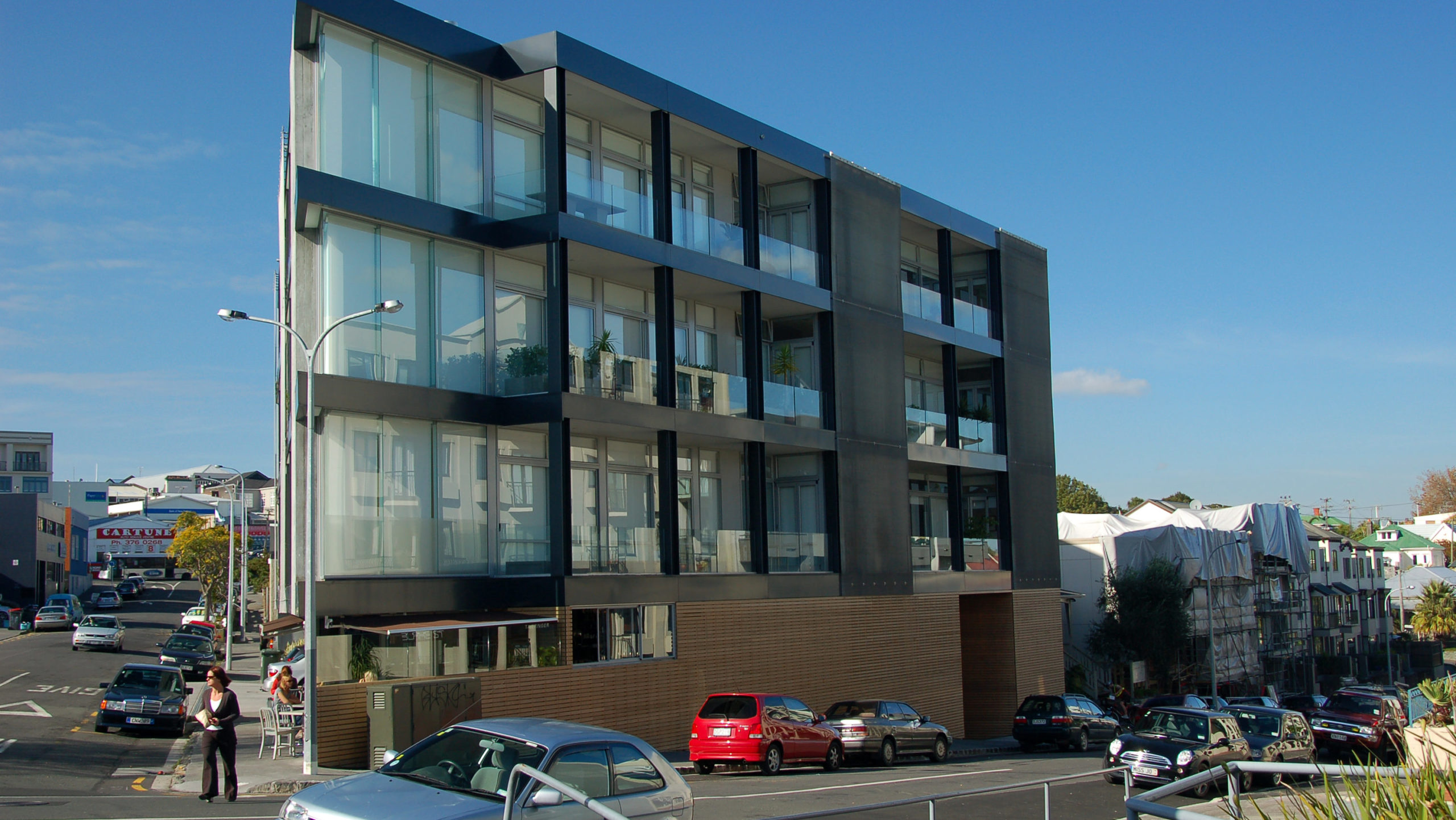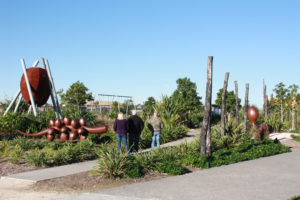Beacon developed the Neighbourhood Sustainability Framework against which New Zealand neighbourhoods can be assessed for their resilience, adaptability, community feel, amenity, and sustainability.
The Framework is based on local and international research on what makes neighbourhoods work, and is framed around six important elements:
- Flexibility and adaptability: Can the neighbourhood be continuously adapted to changing needs such as changes in household structure and other socio-economic changes, transport costs and choices, and the effects of climate change?
- Neighbourhood satisfaction: Is the neighbourhood a place that residents will enjoy living, providing housing quality and condition, durability, street safety, low noise disturbance, and opportunities to get together?
- Minimised cost: Does the neighbourhood minimise the direct and indirect costs for households and cities associated with travel, house construction/ maintenance, infrastructure provision/maintenance, and facility provision/maintenance?
- Effective governance: Does the neighbourhood encourage neighbours to interact, and provide equitable access to local and city-wide amenities with opportunities for local community participation and governance?
- Resource use: Does the neighbourhood encourage resource efficiency and conservation in house performance, land use, transport energy consumption, renewable energy and water, and lifecycle impacts?
- Environmental health: Does the neighbourhood protect and enhance the environment by protecting air quality, aquatic health, biodiversity, and soil quality?
The Observational Tool
The Observational Tool assesses the buildings and structures of the neighbourhood through a combination of observed and measured data.
It can be used for either planned developments, or already built neighbourhoods.

How does it work?
Assessors look at:
- Walking to basic every-day facilities (schools, reserves, shops)
- Access to and adequacy of public transport
- Efficient use of space and viability of local centres (enough density to make it viable)
- Protection of the local environment (stormwater, riparian, coast wetland)
- Dwelling sustainability (condition, resource efficiency, healthy housing)
- Quality of space (streetscape, community spaces)
- Diversity (mixed use, public spaces, diverse housing in terms of cost, size and typology)
- Street network
- Eco-alternatives.
A calculator weights the data into sustainability bands for each section (Low, Medium, High). The report also highlights areas which assessors have noticed strengths and weaknesses.
The Resident Survey Tool
The Resident Survey tool asks current residents of the neighbourhood about their experiences of living in the area. It gives a picture of what can be done to improve the sustainability and quality of life within the community.
It is used for any neighbourhood with people living in it.

How does it work?
The Resident Survey Tool asks a series of questions that analyse residents’ self-reported behaviour and perceptions in relationship to the important elements of the Neighbourhood Sustainability Framework. Although the core of the survey remains the same, there is some flexibility to adapt the questions to meet the particular requirements of the neighbourhood being surveyed.
Beacon provides an analysis of the results, highlighting areas of strength and weakness. The report includes comparisons with other New Zealand neighbourhoods (using a set of baseline data on neighbourhoods across New Zealand), relevant Census data, and information from the Quality of Life Survey.
The tools can be used to
- Assess and improve the designs of planned developments
- Assess existing neighbourhoods and inform planning for local change
- Help communities to identify areas for change
- Benchmark existing neighbourhoods before and after regeneration to measure progress
- Provide an independent measure of a neighbourhood’s success for marketing or sustainability reporting
You will find the neighbourhood sustainability tools useful if you are a:
- Developer
- Local authority planner, engineer, policy maker or community developer
- Designer or planner
- Neighbourhood manager, for example, with Kainga Ora or a housing trust
- Community organisation looking to improve your neighbourhood
What we’ve been working on
We’ve now completed our fifth survey of Hobsonville Point using the resident survey tool.
Check out how the neighbourhood sustainability tools are measuring Hobsonville Point’s progress

Read more about the Neighbourhood Sustainability Framework and tools:
Contact us if you would like more information:
Email office@beaconpathway.co.nz
